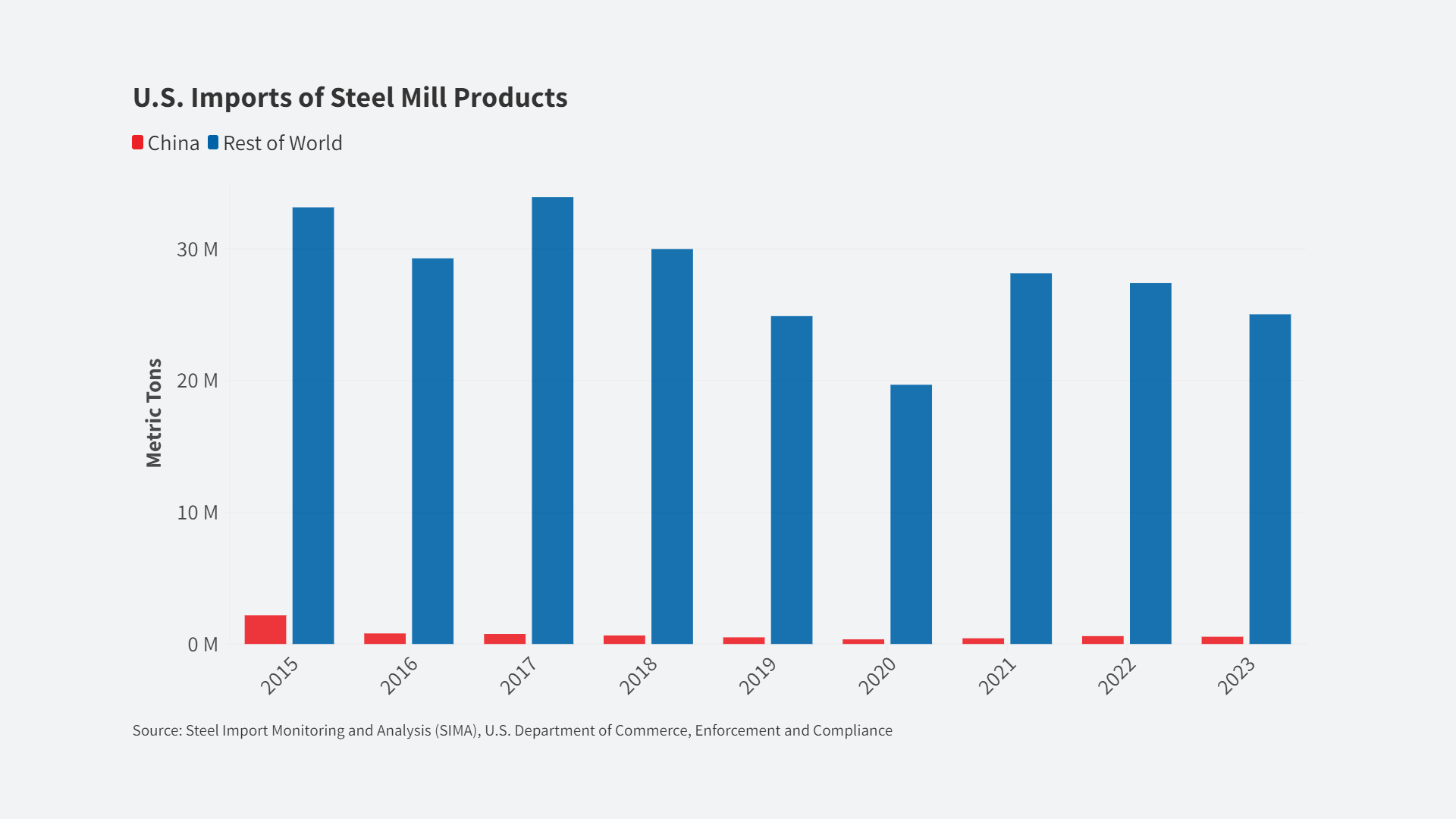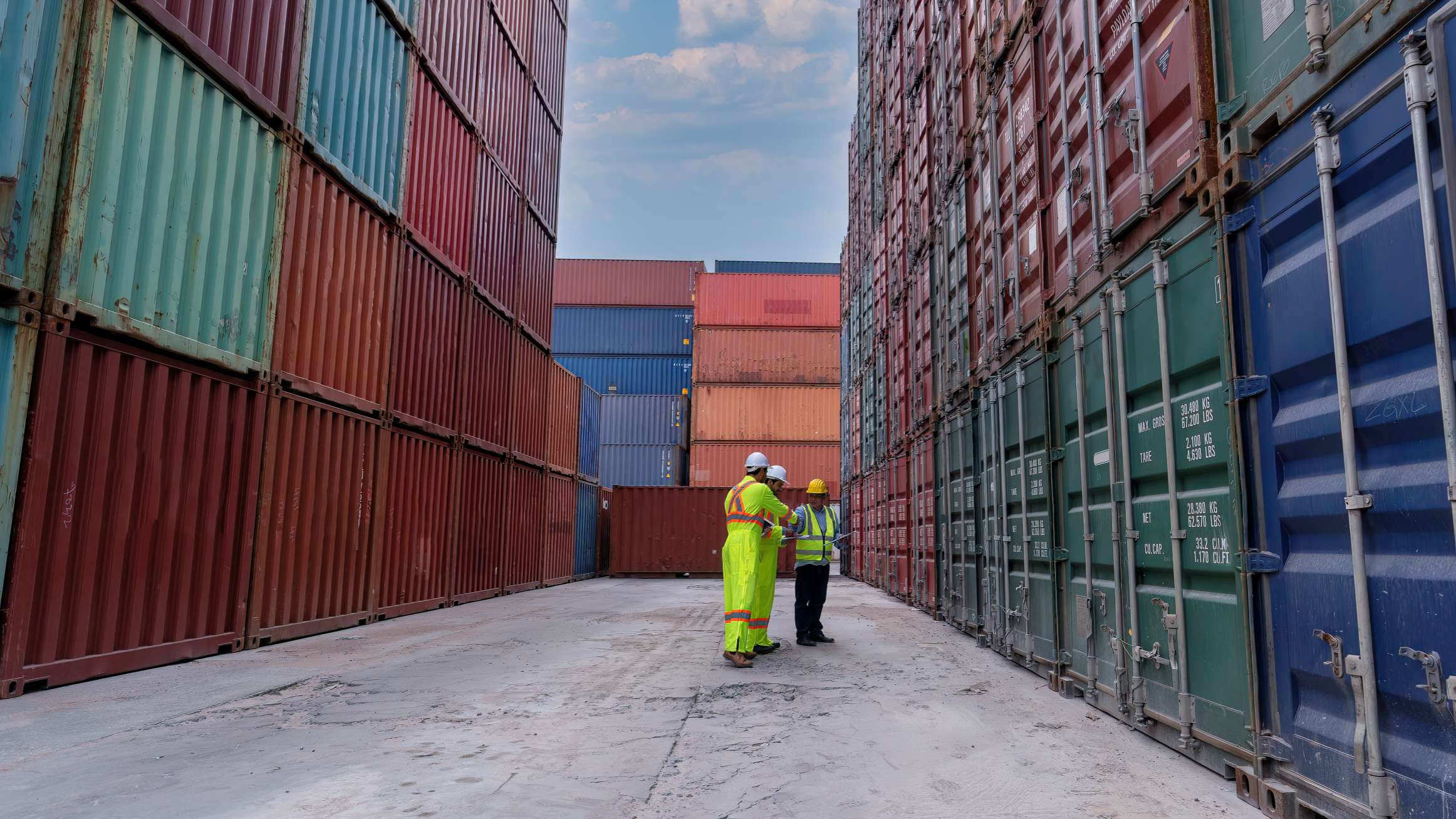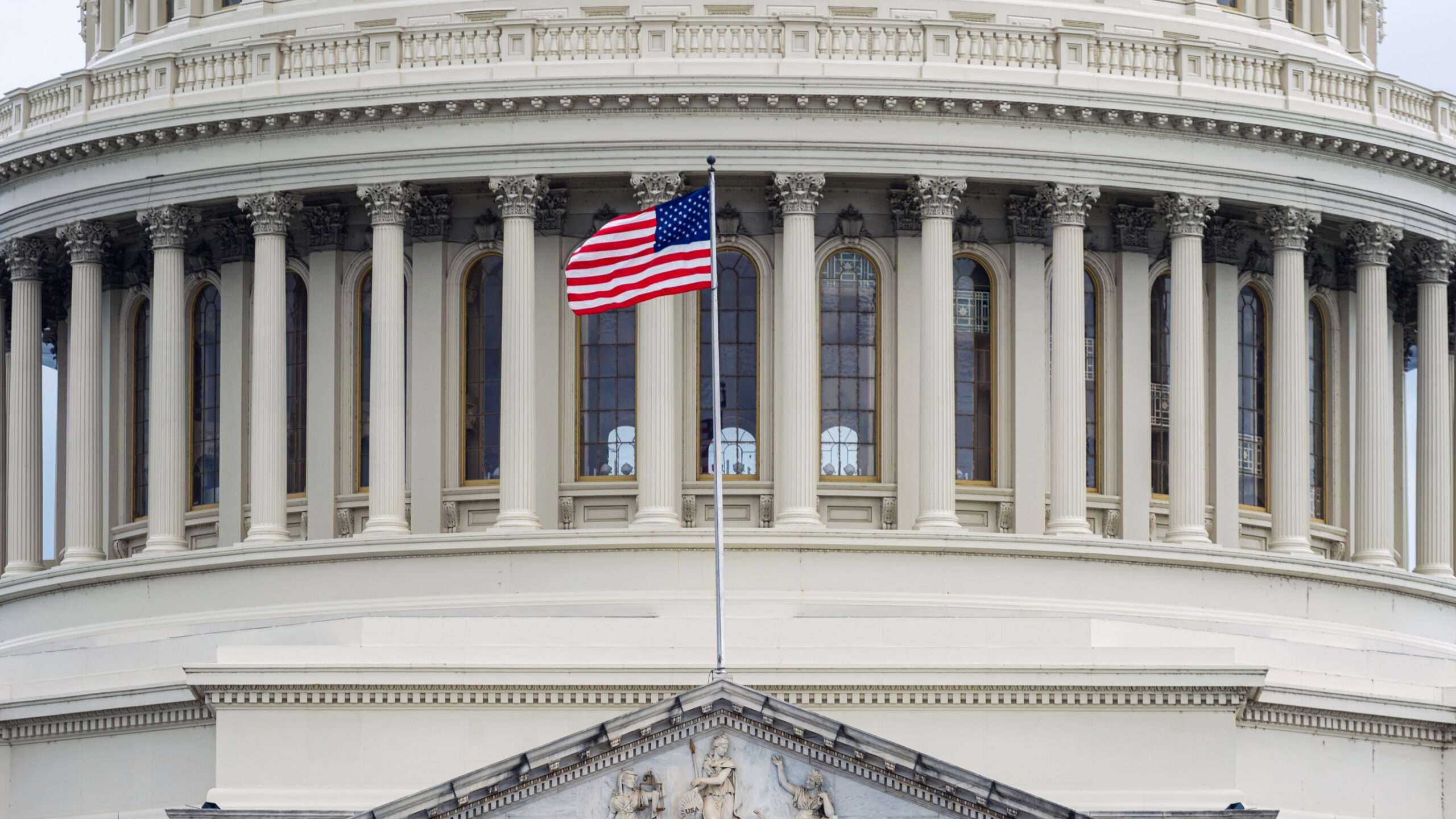
CARDIFF, Wales — With thunderous roars and flashes of blue light, an electric arc furnace at a steel mill in this industrial city melts 170 tons of scrap metal at a time, which is made into reinforcing bars for construction projects across Britain.
[Stanley Reed & Keith Bradsher| May 3, 2016 |The New York Times]
The furnace, decked out with all the latest gear, helps keep costs down by relying on local scrap instead of imported materials. It was part of a broad $500 million investment plan to make the steel mill competitive and profitable.
But China has stymied the strategy.
The steel mill, owned by the privately held Celsa Group of Spain, just cannot compete with Chinese rivals, which offered products at 20 percent below prevailing rates in Britain. Celsa estimates that Chinese companies at one point accounted for about half of the region’s sales in a certain type of reinforcing bar, up from essentially nothing just four years ago.
“It’s nice to have free trade, but it has to be fair,” said Luis Sanz, the managing director for British operations at Celsa.
The steel industry sits at the crux of a major debate playing out across the world economy, one that could soon be intensified by a looming change in the global trade rules.
As China’s economy has slowed, the country’s manufacturers, in varied areas like solar panels, tires, aluminum and shoes, have been in a desperate hunt to maintain sales and avoid layoffs. Looking beyond their borders, many are offering rock-bottom prices to win orders.
The heavy discounting has fed a backlash. Politicians like the American presidential candidates Donald J. Trump and Bernie Sanders are railing against free trade, saying the rules hurt domestic workers. Countries are crying foul, claiming that Chinese exporters are dumping goods.
And the dynamics are getting more complicated, as a crucial provision of global trade rules expires in December.
When China joined the World Trade Organization in 2001, the country was labeled a nonmarket economy, at the insistence of the United States and Europe. The technical designation makes it easier to prove that China is dumping goods in foreign markets, allowing countries to slap tariffs on those products. In March, the United States imposed a prohibitive 266 percent tariff on certain Chinese steel makers for selling below cost.
Calculating production costs in China is tricky. The true costs are often obscured by politically guided policies that benefit companies, including state-backed loans at below-market interest rates and free land for job-creating factories.
Given China’s designation in the W.T.O., the United States, Europe and others can use a proxy country, a locale with a similar level of income and better data like Poland, Thailand or South Africa, to help determine production costs. The proxy countries often have higher costs than China, which has greater economies of scale.
China is beginning a global lobbying push to bar the use of proxy countries. Chinese ministers have been meeting with overseas leaders and with executives of businesses that sell to China. The country is calling for W.T.O. members to “acknowledge China’s market economy status” and “to adopt the necessary measures as soon as possible,” the commerce ministry said in a faxed response to questions.
But the rules are somewhat ambiguous, complicating China’s efforts. The 2001 W.T.O. agreement explicitly authorizes the use of proxy countries through December in cases against China, but it is silent about what happens after that.
The Europeans and Americans are skeptical about whether China actually qualifies as a so-called market economy. In a market economy, supply and demand are the guiding forces. In China, the government also plays a major role, dictating investments, strategy, even when a plant can close.
China’s policies have helped create extensive overcapacity. China makes 50 percent of the world’s steel, 55 percent of its aluminum and 60 percent of its cement, even as its domestic demand has weakened.
“They’re nowhere near a market economy, and it’s delusional to think that they are,” said Leo W. Gerard, the president of the United Steelworkers Union.
The tensions have been palpable in steel.
Celsa and other Western steel manufacturers got clobbered by the global financial crisis that started in 2008, as demand sank and prices dropped. When the industry started to recover, they faced a growing competitive threat from China.
In the last three years, Chinese steel exports more than doubled to 107 million metric tons, higher than the annual raw steel production of the United States. Prices fell steeply, although they have perked up lately on speculation of renewed demand in China.
The result has been a shakeout in steel.
Celsa has not turned a profit in seven years. ArcelorMittal, the world’s largest steel maker, announced an annual loss of nearly $8 billion in February, blaming Chinese competition. Since the beginning of last year, United States Steel has cut 5,000 jobs and warned that thousands of others are at risk.
“Unfairly traded steel imports have reached historic levels in 2015 and 2016, taking almost 30 percent share of the domestic steel market,” Doug Matthews, a U.S. Steel executive, testified in a government hearing last month.
China faces its own share of pain.
Hundreds of steel makers are limping along, overloaded with debt and battered by weak prices. The chairman of Dongbei Special Steel, a large Chinese company, hanged himself in March, days before the company began defaulting on loans.
The global downturn has created a political firestorm. In February, thousands of steelworkers marched in Brussels, the headquarters of the European Union, demanding protection from Chinese products.
The issue flared up again when Tata Steel announced plans to sell or close its money-losing business in Britain, prompting calls for an emergency session of Parliament. Tata has managed to find takers for some of its plants, but about 11,000 jobs in Britain remain at risk.
Read more at The New York Times













